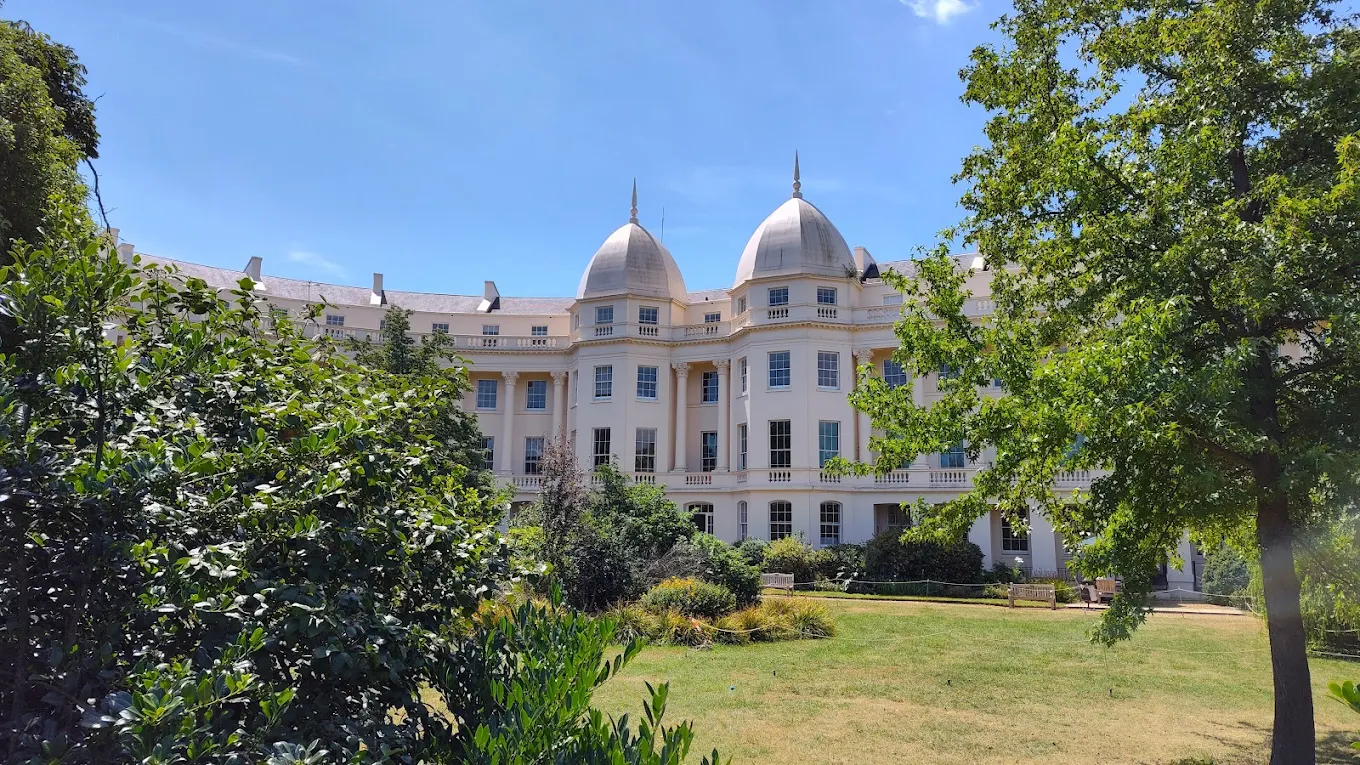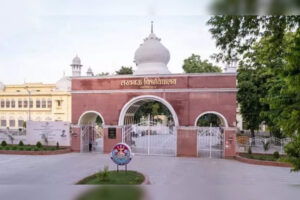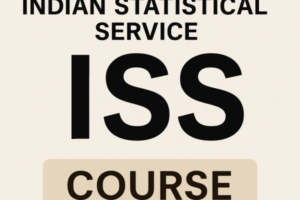
From Equations to Enterprises: How Anshul’s Journey from Engineering to Business Strategy Led Him to LBS – M7 MBA Admissions Consultants
When Anshul first started thinking about writing MBA application essays, he didn’t have doubts about his technical abilities. After all, he had nearly a decade of experience building medical devices, a patent to his name, and the rare achievement of leading a team that secured FDA clearance for a radar-based contactless heart-rate monitor. His hesitation was different.
“I know how to solve engineering problems,” he said during one of his first calls. “But can I convince top schools that I’m ready to solve business ones too?”
That question also became the starting point of our journey- not just to craft a strong application, but to rediscover the thread that connected his past achievements to his future aspirations. With GyanOne, Anshul found the clarity and confidence he needed to turn his narrative into one that resonated with admissions committees. And the result was London Business School, a place where his transition from equations to enterprises will now take full form.

Courtesy, Anshul Vohra
Early Foundations: From India to Manchester
Anshul’s story begins in India, where like many bright students, he was shaped by a system that prized engineering as the ultimate path to success. But for him, engineering was all about curiosity. “How do things work?” wasn’t just a childhood question; it became his lens for life.
This curiosity led him across continents, to the University of Manchester in the United Kingdom. There, he pursued an integrated Bachelor’s and Master’s in Mechatronics and Digital Signal Processing. While his undergraduate years were marked by adjustment and growth, it was during his Master’s that he began to truly flourish, graduating with merit, publishing academic work, and gaining recognition for his project excellence.
University life also exposed him to teamwork and leadership in unexpected ways. While mentoring juniors as part of a peer-assisted study scheme or representing his university in lawn tennis, Anshul learned that success in engineering wasn’t only about algorithms and equations- it was about people, resilience, and communication.
Professional Milestones: Engineering That Creates Direct Impact on People’s Lives
Anshul’s professional career has been nothing short of fascinating. He began at Leica Geosystems, where he designed and implemented signal processing algorithms to detect underground utilities using electromagnetic induction and radar. His role required him to chair meetings with senior leaders and academics, experiences that planted the first seeds of leadership.
At Huntleigh Healthcare, he stepped into the world of foetal and vascular Doppler ultrasound technology. Here, he wasn’t just designing systems, he was troubleshooting production challenges, retaining critical clients through innovative solutions, and even leading multidisciplinary teams.
But it was at Circadia Health, a MedTech startup in London, where Anshul truly came into his own. Tasked with one of the most critical projects, securing FDA clearance for a radar-based contactless heart-rate monitor, he led the verification team with creativity and determination. This wasn’t just a technical challenge; it was an industry-defining milestone that opened up new revenue streams for the company. His contributions also extended to feasibility projects on radar applications in care homes, blending innovation with social impact. These achievements earned him recognition as a Chartered Engineer and positioned him as a trusted leader in cutting-edge medical technology.
The Inner Calling: From Engineering Problems to Business Problems
Yet, somewhere along the way, Anshul began to see a pattern. Every engineering breakthrough he contributed to eventually ran into the same roadblocks of funding, scalability, regulatory hurdles, and strategic alignment.
He realised that solving the technical side of a problem wasn’t enough if the business side remained unresolved. “I could design a world-class device,” he reflected, “but unless someone figured out how to bring it to market, secure adoption, and sustain growth, the impact would remain limited.” This insight sparked his motivation for an MBA. It wasn’t about leaving engineering behind; it was about expanding his toolkit so he could address problems holistically from lab to market, from idea to impact.
Finding the Right Story
But translating this realisation into a compelling MBA application was not easy. Anshul had a strong resume, but how could he present his story in a way that admissions committees would see the leadership, the strategy, and the future vision behind the technical details?
This is where GyanOne stepped in. Working with the team, Anshul learned how to weave his narrative into a story that was both authentic and powerful. Instead of just listing technical milestones, he began connecting them to broader themes of leadership, problem-solving, and impact. Mock interviews helped him refine his delivery, ensuring he could talk not only about FDA approvals and patents, but also about the lessons in resilience, teamwork, and vision. By the end of the process, Anshul wasn’t just ready with an application- he was ready with a new perspective on his own journey.
The Admit: London Business School
The outcome was everything he had hoped for. With LBS, INSEAD and Cambridge admits in hand, Anshul chose London Business School- a place uniquely positioned at the intersection of technology, business, and global opportunity. For someone who had already built a career in the UK, LBS offered both familiarity and a gateway to new horizons across Europe, the Middle East, and beyond.
At LBS, Anshul plans to explore management consulting in the short term, gaining exposure across industries and sharpening his strategic problem-solving skills. In the long run, he aspires to return to entrepreneurship, building ventures at the intersection of technology and healthcare- carrying forward the legacy of his parents, who had once built their own hospital from the ground up.



